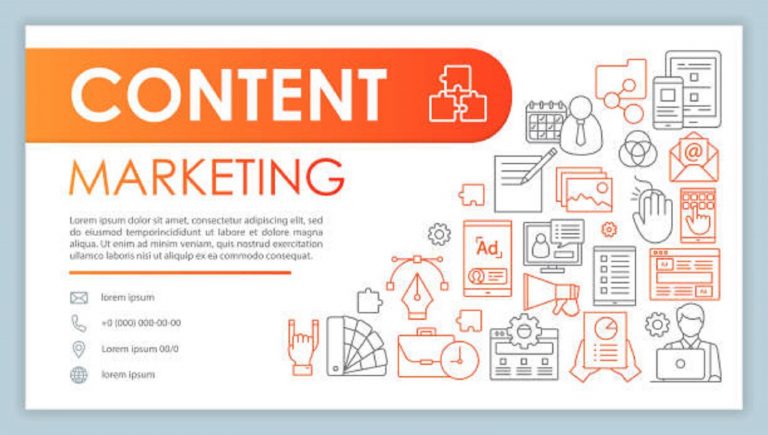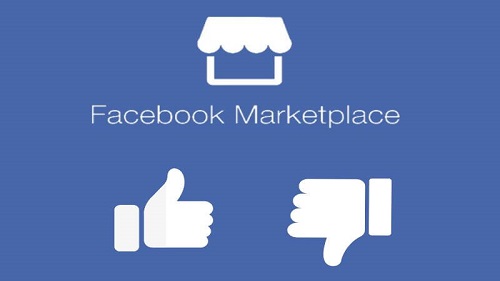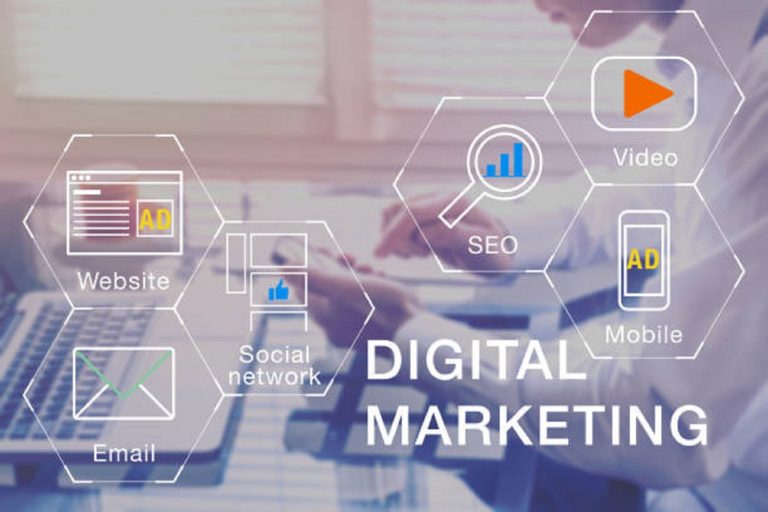Digital marketing is the process of reaching a large audience on the Internet. A variety of digital marketing services are available to help a company grow its online presence. Some of these services include social media marketing, email marketing, Pay-per-click advertising, and Conversion optimization. These services are all vital for the success of any business.
Social media marketing
Social media marketing is a key component of digital marketing. This form of advertising allows businesses to reach new customers and establish a positive brand image. The strategy involves using banner ads on digital platforms to reach a targeted audience. The most effective social media campaigns involve timely content that engages customers and prospects.
A well-developed social media marketing strategy will help to increase brand awareness. This is one of the main goals of social media marketers. However, many businesses struggle to reach their target audience and create compelling content. In order to reach your audience, you must use the right strategies. A social media marketing plan must include other elements of digital marketing.
Social media allows businesses to get a more accurate understanding of consumer behavior. It also provides a way to listen to the perspectives of customers. Forums, blogs, and content communities all give customers a chance to express their opinions. Businesses can use this information to track consumer concerns and identify market opportunities.
Social media allows businesses to create sticky content, which engages consumers at first glance and encourages purchases. It is also a powerful tool for word-of-mouth advertising, which reaches audiences that wouldn’t otherwise be exposed to your brand. It also carries implicit endorsement. Shareable content is one of the most important ways that social media marketing drives growth. However, the most important aspect of social media marketing is that it allows businesses to reach a much wider audience than they would with traditional marketing.
It is important to measure the effectiveness of your social media strategy. Using tools such as Hootsuite allows you to monitor all of your posts in one place. You can also customize reports for your social media campaigns and see how successful they have been. By monitoring performance over time, you can adjust your strategy.
The success of digital marketing depends on various tactics and strategies. A sustainable clothing company, for example, might decide to focus on building brand awareness through digital channels, including blog posts, video, search engine optimization, and influencer marketing. The brand might choose to double down on influencer marketing to drive conversions. For other campaigns, the use of social media is only a small part of the strategy.
Email marketing
When it comes to digital marketing, email is one of the most effective tools for reaching prospects. It offers a personal touch and is highly effective at convincing your audience to take a particular action, such as making a purchase, booking a demo, signing up for a trial or event, or subscribing to your mailing list. Email marketing is a proven way to turn prospects into customers, and one-time buyers into repeat customers.
First, you must obtain permission to send emails. This can be done by using an opt-in form. Fortunately, most email service providers let you embed subscription forms. This makes it easier to send emails to your subscribers. However, it’s important to ensure that you’re transparent about what you’re offering and what you expect in return.
Once you’ve identified your target audience, you can segment your subscribers based on their behavior and interests. For example, a nonprofit organization may send a series of emails to subscribers who have donated to its cause in the last 90 days. Alternatively, an ecommerce brand might send emails to customers who bought products in the past 90 days. There are many different ways to segment your email lists and you can use them to tailor your messages.
The subject line is one of the most important parts of an email. It can determine whether your audience will open it or not. A good subject line is no more than 50 characters long and appeals to your subscribers’ desires and emotions. You should also provide your sender’s name. This answers the recipient’s first subconscious question about the sender’s identity. It’s also important to keep the sender’s name consistent across all campaigns.
Email marketing is still one of the best ways to reach your audience and generate ROI. It is estimated that email marketing provides a $42 ROI for every dollar spent on it. Email is a direct medium to reach your audience, but it requires careful execution. There are many ways to measure the success of your email marketing efforts.
Pay-per-click advertising
Pay-per-click advertising (PPC) is an effective method for building brand awareness and driving traffic to your website. Approximately 39% of Internet users will click sponsored ads. The key to PPC is to find out what your target audience is searching for, so you can create an ad that captures their attention.
The cost of PPC will depend on a number of factors, including the competitiveness of the market, the value of your product, and how much money you spend on regular marketing. More expensive products or highly competitive markets will mean that you will need to spend more money to get your ads noticed. You should determine how much money you will spend on PPC based on your marketing budget and online conversion rates.
Using pay-per-click advertising, you can quickly establish a presence on the first page of a Google search engine result. Organic positioning can take years to achieve, but with paid ads, you can establish a presence in a matter of weeks. Moreover, pay-per-click advertising allows you to target specific needs, which is helpful for smaller projects. You can also manage your budget and control where your ads appear and when to schedule them.
Pay-per-click advertising rates are typically determined on a bid-based or flat-rate basis. In either case, you pay a publisher a fixed fee per click, and your target audience will be given that specific information. Most publishers will allow you to negotiate the price of your ad campaign and can offer a lower price for a long-term or high-value contract.
PPC is a very common form of online advertising. It allows you to target specific users and is an effective method of driving traffic to your website. It is also effective because you only pay when someone clicks on your ad. By using PPC advertising, you will save time and money on campaigns that may not yield results.
Conversion optimization
Conversion optimization is a process that is used to improve a website’s lead generation capabilities. The process involves looking at the sales funnel of a website to find the best strategies for increasing leads. By using these strategies, you can increase your overall site conversion rates and generate more revenue. To maximize the effectiveness of your CRO campaign, you need to create a dashboard or other platform that will track your conversion activities. It’s also important to engage employees in the process. Finally, budget allocation is a crucial factor for any CRO campaign. In 2013, companies were spending as little as 5% of their budget on CRO activities. However, now, companies are spending much more on optimization. However, this new trend is often not accompanied with the proper allocation of budget.
Conversion rate optimization is crucial to any business, regardless of its size or type. It is especially useful for lead generation, which involves catching the customer’s interest, gathering information, and contacting them to make a purchase. It also plays an important role in B2B/SaaS businesses, which must find their customers’ needs and support their buying decision.
The goal of any conversion optimization strategy is to increase website traffic, increase leads, and ultimately convert website users into paying customers. To do this, your website needs to be attractive to both humans and search engine bots. To achieve this, you need to follow a logical, repeatable methodology.
Conversion rate optimization involves using tools to measure visitor behavior and find ways to improve your conversion rates. For example, you can use tools such as SimilarWeb to analyze competitors’ conversion rates. Another useful tool is Lucky Orange, which helps you understand why your site isn’t converting. Another important element for effective conversion rate optimization is your lead capture form. A good lead capture form will help you separate leads from non-leads. A good lead capture tool can help you create a high-converting landing page, resulting in a higher conversion rate.
A conversion rate is a number of conversions divided by the total number of user sessions. In other words, if 500 people visit your site and two of them buy a shower curtain, your conversion rate is 2.5%. The bounce rate, on the other hand, is the percentage of users who leave your site without performing any action. A high bounce rate doesn’t necessarily mean your website isn’t effective, it’s just an indication that your audience segment isn’t as responsive as you’d like.
Also check: Best Ways to Learn Digital Marketing







